 ×
×
Whether you are designing a new home, renovating an existing space, or simply wanting to complete interiors, the process should be easy to understand and be a rewarding collaboration from start to finish. To help you better understand the process of your new home project or renovation, we have created this guide to better help you understand how the process works.
Garret Cord Werner Architects & Interior Designers is a multi-disciplinary firm with a holistic philosophy that blends architecture, interior design, & landscape architecture simultaneously. What sets our work apart is this design approach – one that we feel is mandatory for success and is what gives our work a sophistication and sensibility that words cannot describe.
Our goal is to create spaces that evoke an emotional response on a very innate level. A building should create intimacy, frame a view, and make us feel small in scale or cozy and protected. It is successful when it can frame nature and bring the exterior landscape closer, when glass becomes invisible – to blur or erase the lines between the exterior and interior. It should expand the internal space and at the same time capture the natural world around us. Architecture should be alive – it should allow the sun to move within it, harness its energy, and also control it to meet our needs. A home should provide peace, serenity, and protection.
Choosing the right lot on which to build or selecting the right home to be renovated can have a big impact on the cost of construction. There are many factors that can drastically limit or enhance the final design. Analyzing geography, soil conditions, zoning, code restrictions, and title report are just a few of the factors that should be reviewed by the architect before the purchase any property. This can save you a lot of money and potential hardship and define what is and is not possible. Only a designer or architect will be able to provide the vision and see potential in the overall design & project requirements. An Architect can also see potential where one may not be evident. A clear vision upfront can provide you an invaluable service.
Making the right selectionA clear understanding of all goals, requirements, and budget upfront are critical for any project success. In thisdiscovery phase of the design-build process all elements are listed and evaluated with the client. We often use online imaging tools like Pinterest to catalog ideas. At this stage, we begin to compile a short-list of potential builders. Selecting the correct builder is one of the most critical steps to provide pricing feedback at all stages of the project to verify budgeting. Without the correct experience, many builders are unprepared for the level of detail required and may not correctly budget the project. Often, when builders are too busy to provide this service upfront we recommend to hire an independent non-biased estimating firm to confirm pricing as the project proceeds.
DECIDING WHAT TO BUILD

*Times listed may run longer depending on the complexity of each project and the level of detail required.
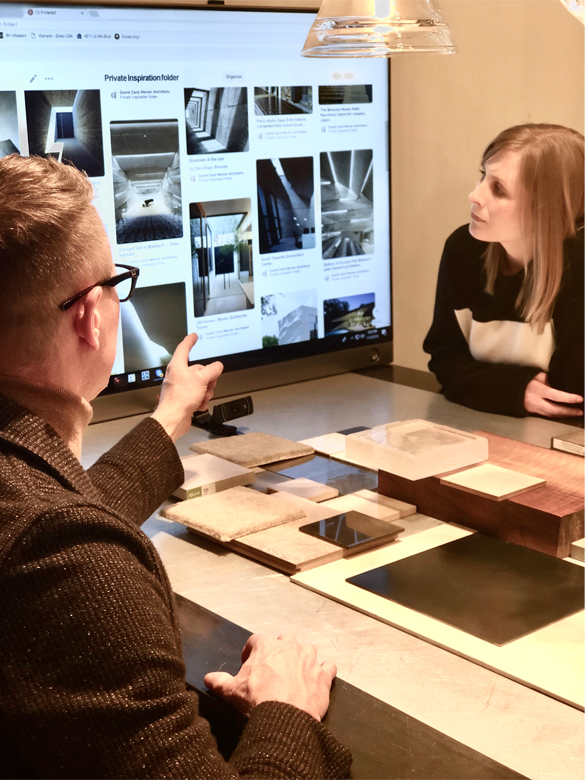
This is the fun part of the design process where we develop initial materials & specifications, while we produce design renderings and floor plan options to visualize the design. We then select an option that is preferred and begin to further refine the design into progressively better and better renderings. By the end of this phase our goal is to render the project so that you have a very clear idea of what the home will look like inside and out. The importance of this phase is to finalize the majority of the big picture design elements such as overall structure, room layouts, windows, materials, etc. It is critical that no big changes are made later on in the process that could cause rework of architectural and engineering drawings that inevitably cause delays and budget overruns.
CREATING THE INITIAL DESIGN

*Times listed may run longer depending on the complexity of each project and the level of detail required.
We now begin to create working drawings that will be further developed in the next phase of construction documents that the builder will use for construction. This is where more detail is added to the design. This includes a site plan, detailed floor plans & furniture layouts, lighting & electrical drawings, interior & exterior elevations, initial details, specifications, etc. Materials and finishes are also finalized during this stage. Construction budgeting is continually checked to ensure we stay on track. During this time, structural & permit drawings are also produced & submitted. At the end of this phase, changes to the design are prohibitive to budget and timeline. Permit drawings take several months to be approved so these are submitted as soon as possible while we finalize the other drawings and details.
ADDING DETAIL TO THE DESIGN

*Times listed may run longer depending on the complexity of each project and the level of detail required.
The drawings & specifications are now finalized and become part of the builder's final bid & agreement with the owner. In this phase the last touches are added to the drawings & specifications involving an intensive level of detail which is required for accurate construction & budgeting. There is an old adage that beauty is in the detail, we believe this is what sets our work above and beyond and it is also what protects the owner from missing information that can lead to omissions and budget overruns. Often detail is what is visible, like a baseboard style for example. However, detail also involves thinking through all aspects of the home including its hidden systems, which include heating & air-conditioning systems, sprinklers, etc. Often these are developed in the field creating unexpected lowered ceilings for ducting, etc.
Integral planning during this phase mitigates these problems. At the end of this phase, the final set of documents are sent to a few pre-qualified builders for the final bidding & selection. Choosing a builder based solely on the lowest bid is often a false economy. Incorrect building practices, mismanagement, and a lack of understanding architectural drawings & requirements can lead to disastrous results. To avoid these issues, we recommend letting the architect interview the builder with you to make sure it is a good fit.
CREATING A CONSTRUCTION SET

*Times listed may run longer depending on the complexity of each project and the level of detail required.
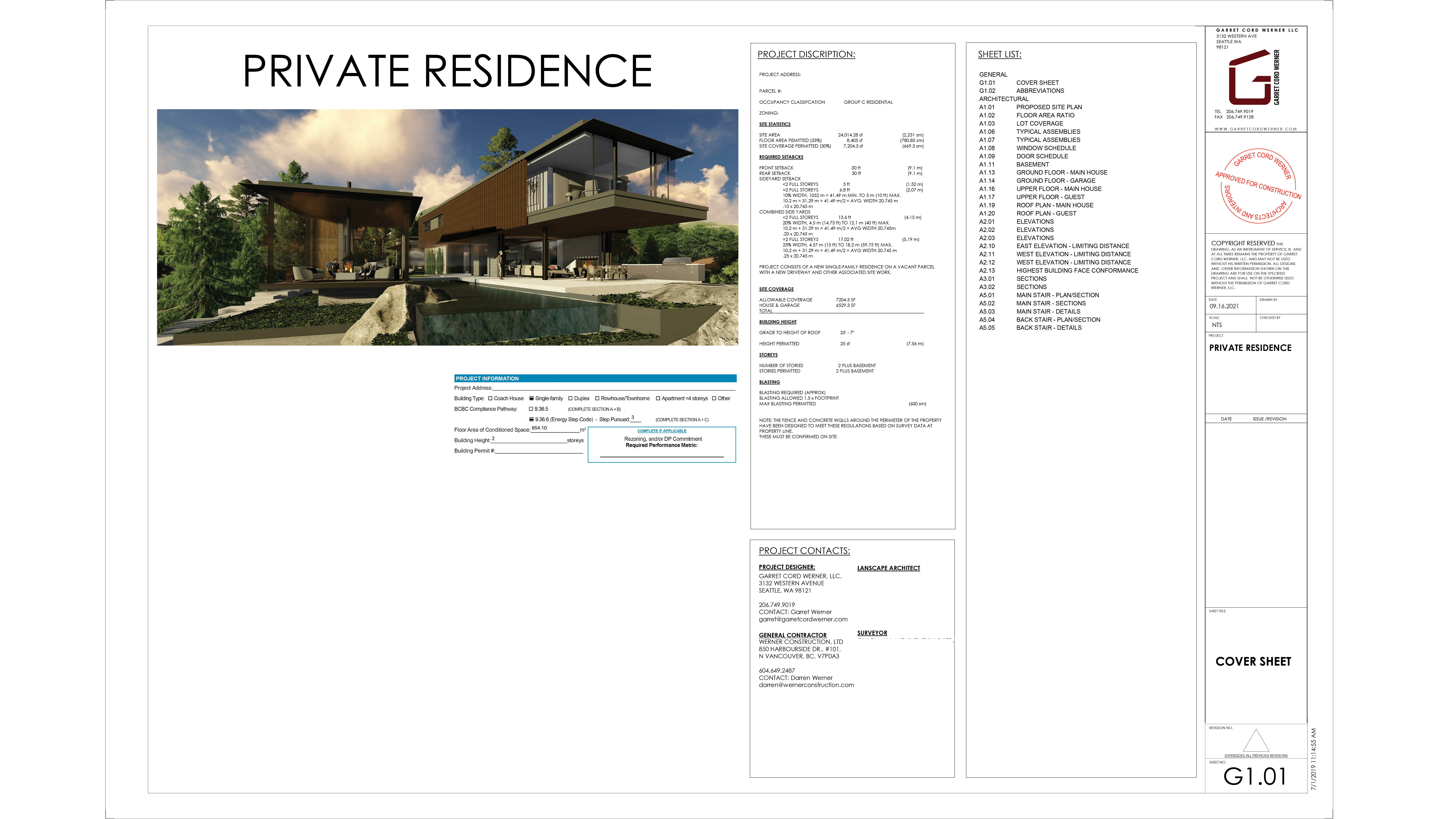
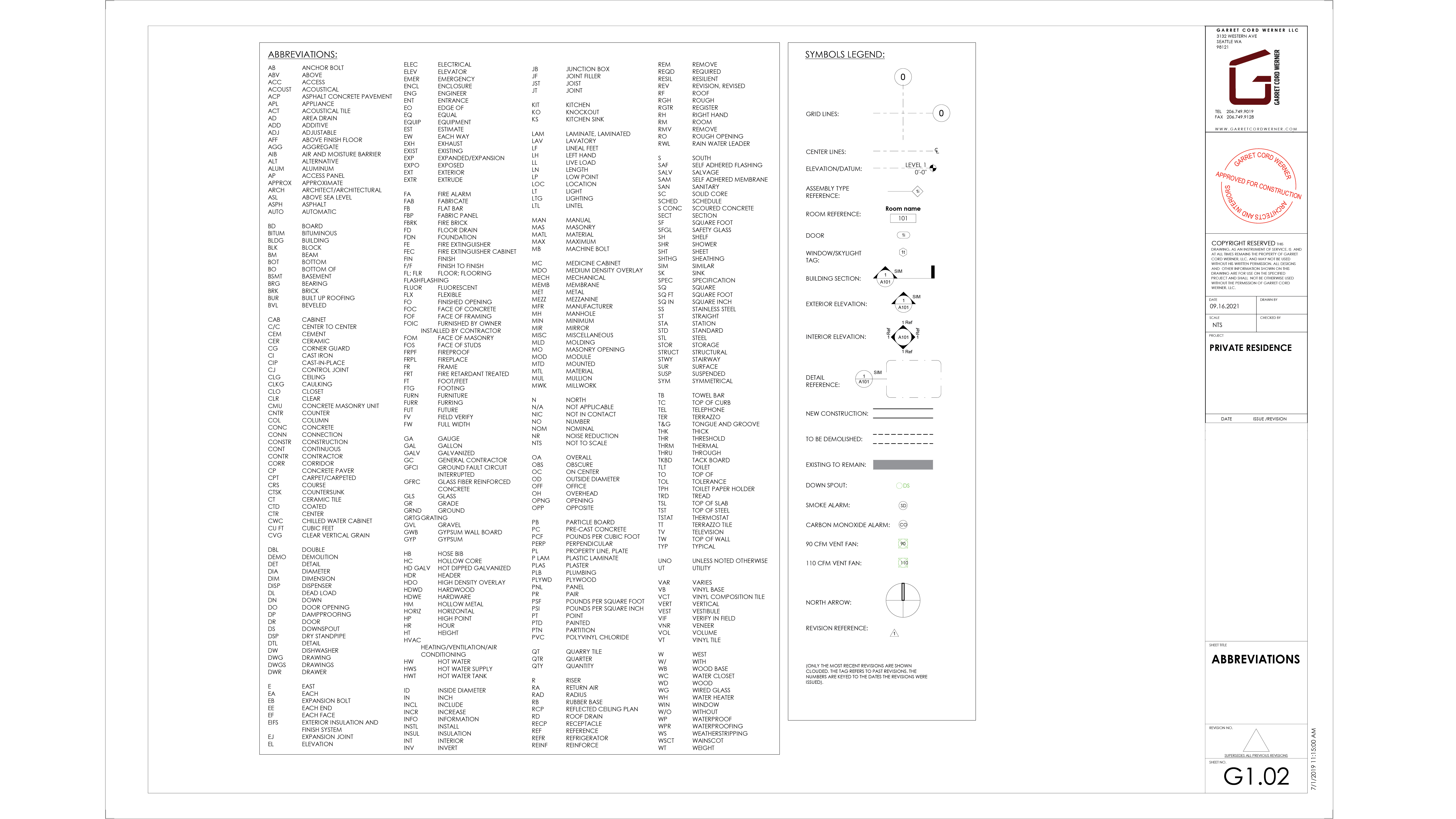
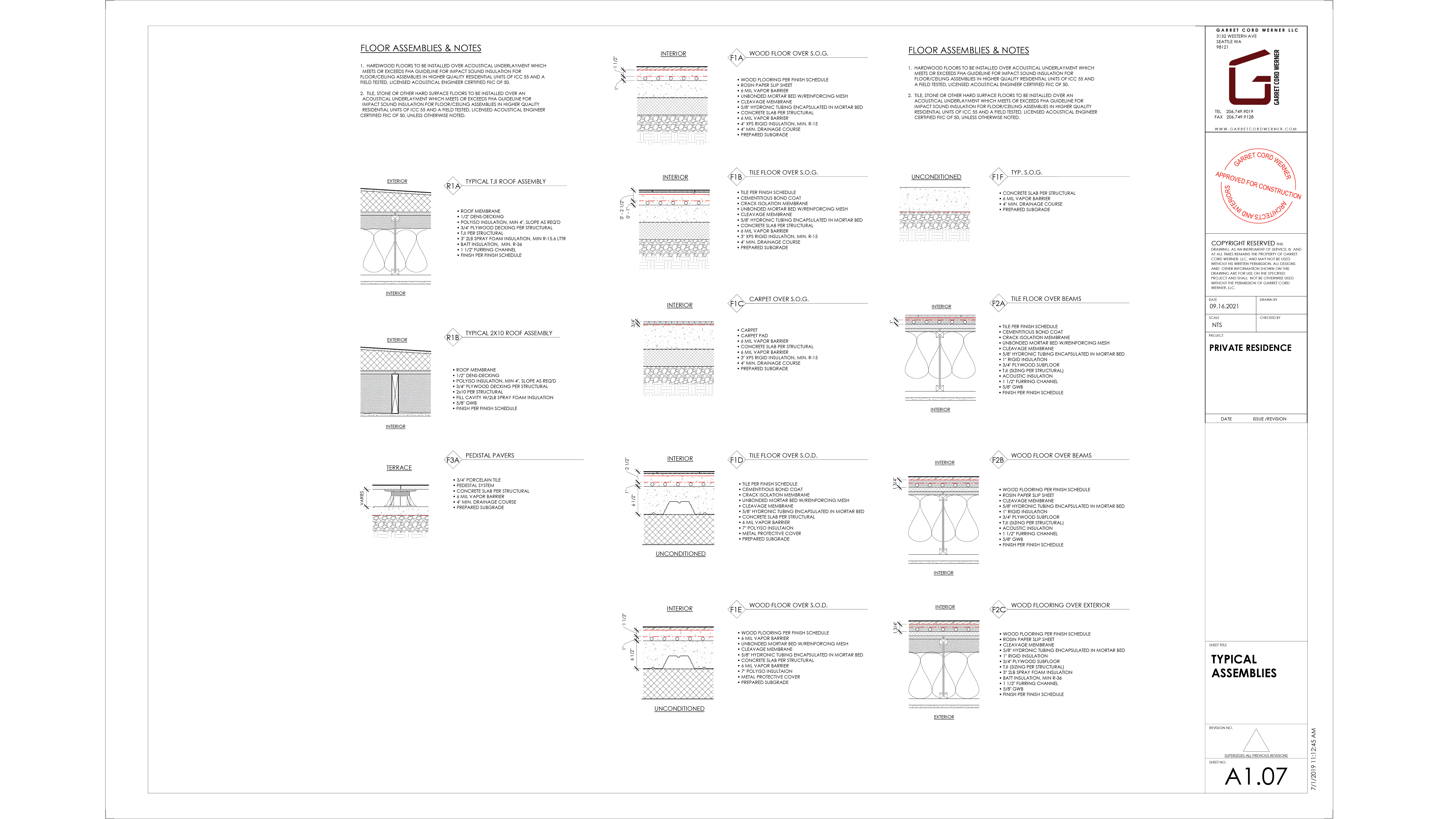
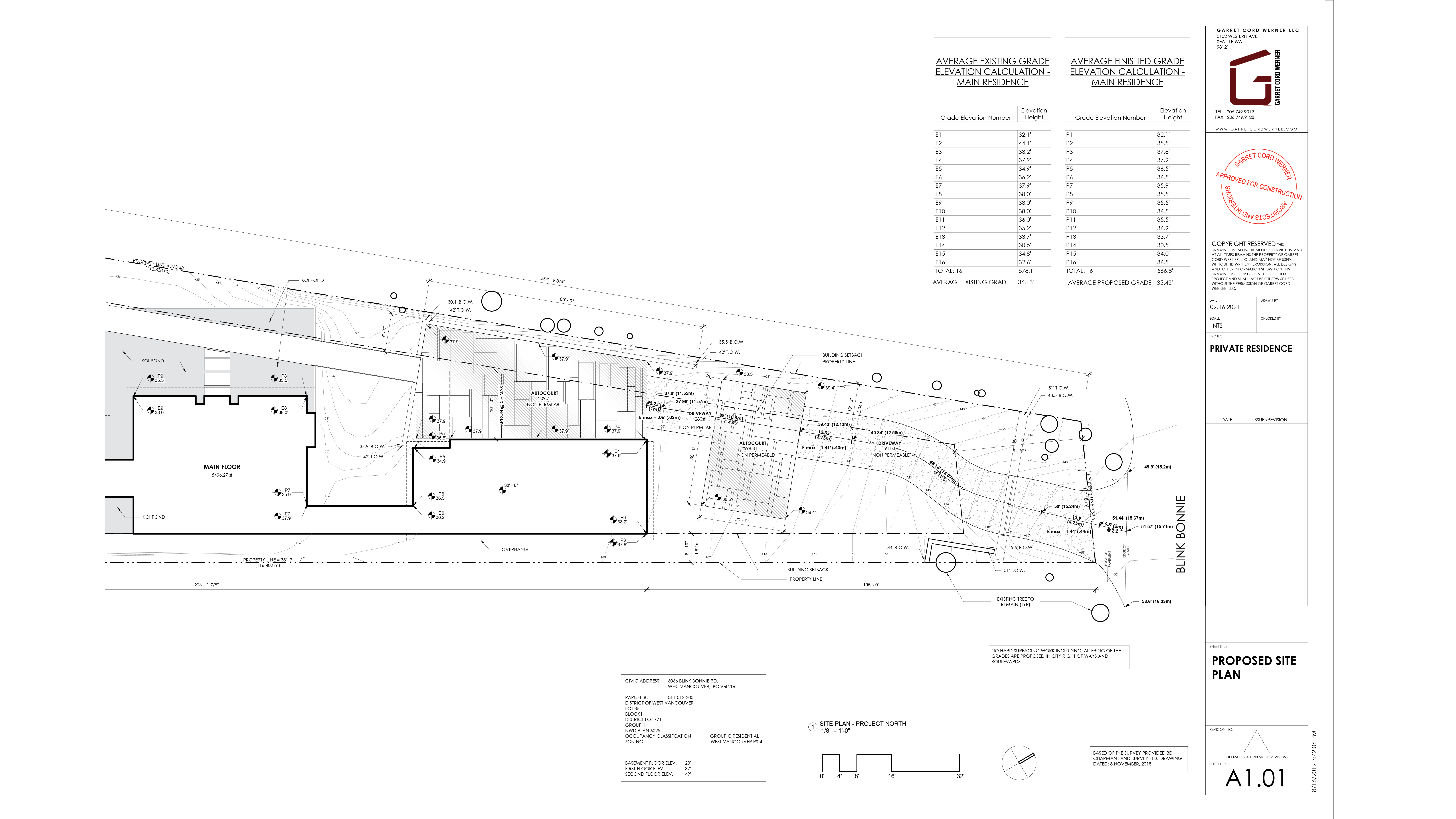
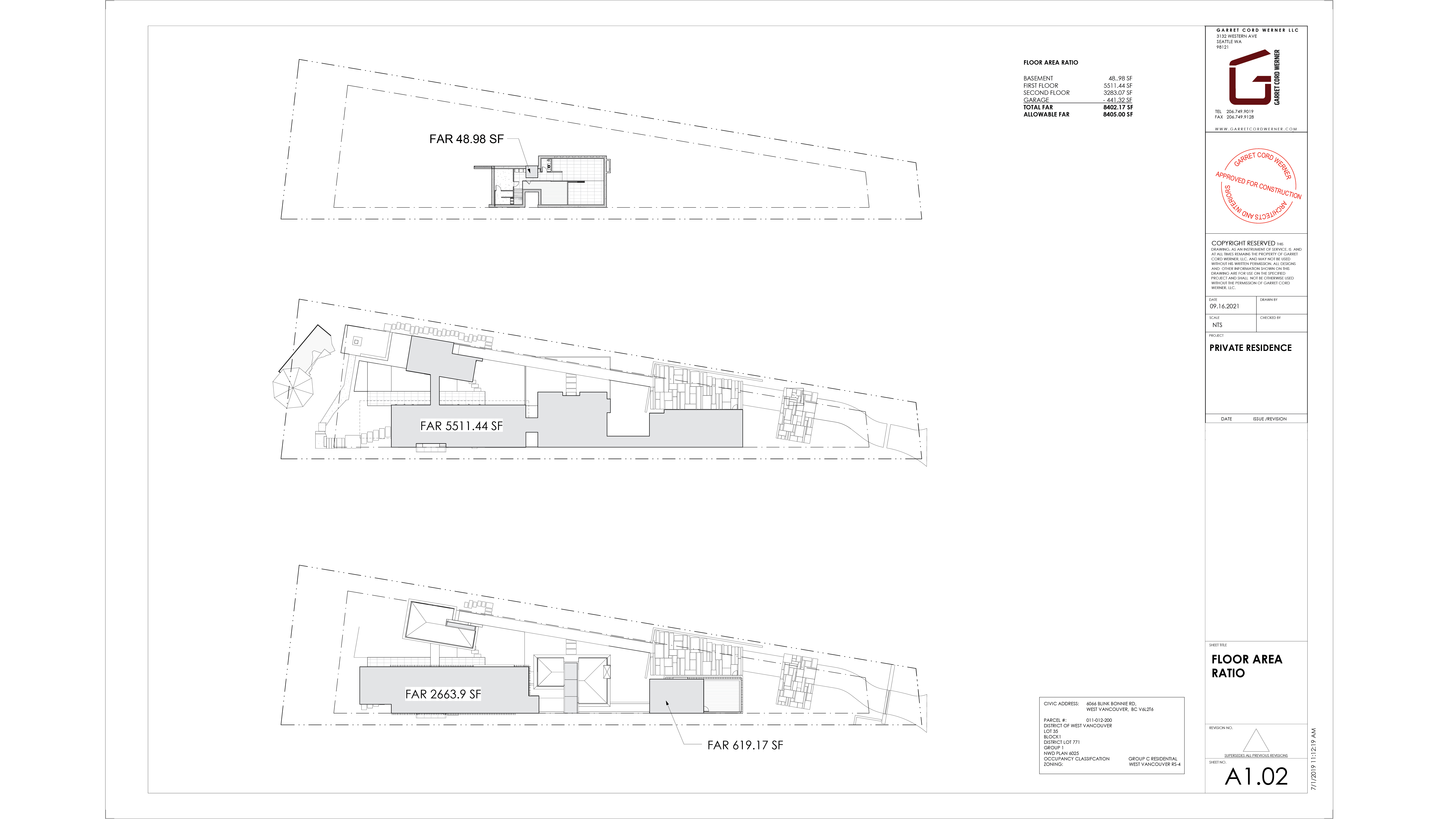
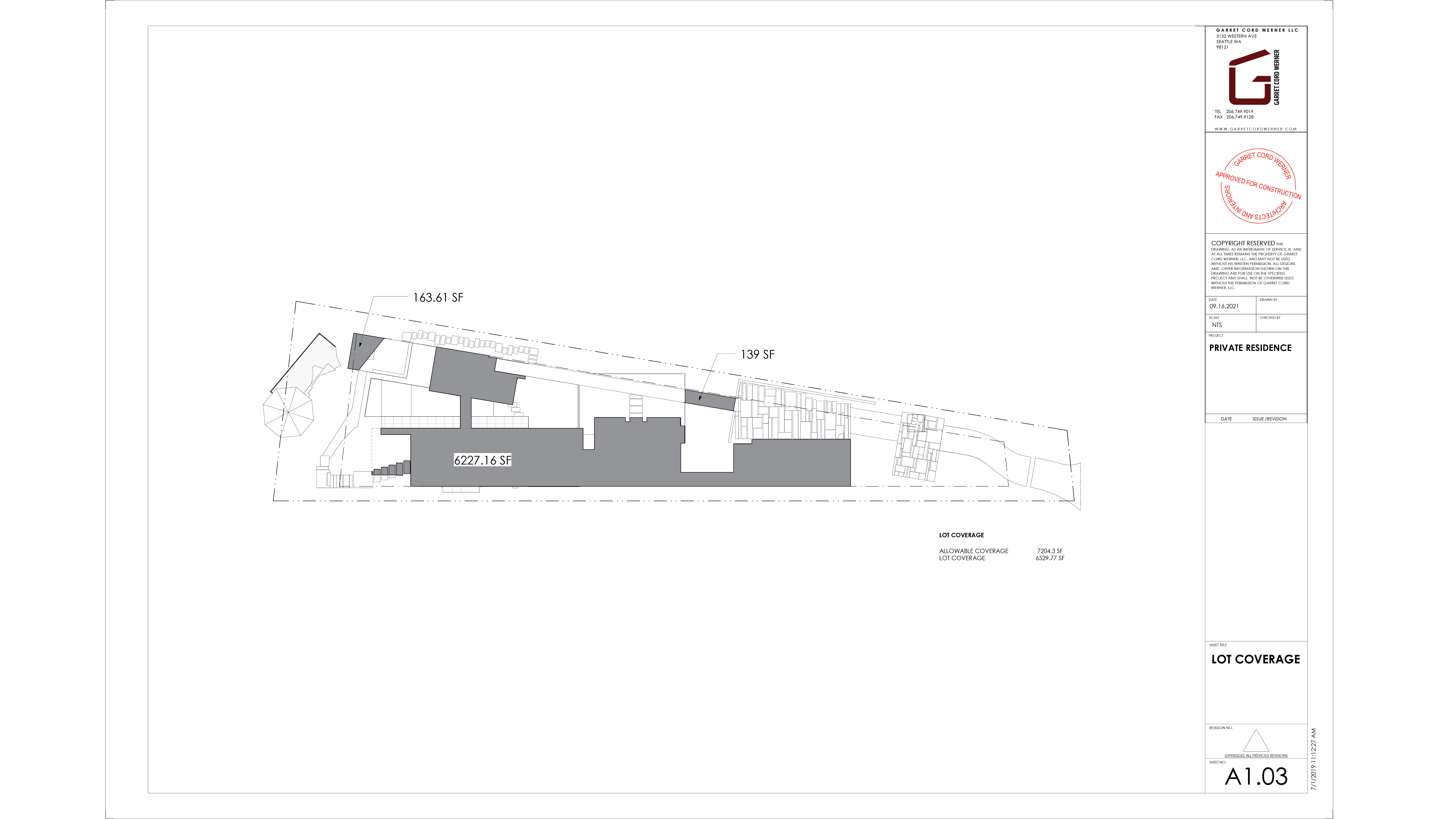
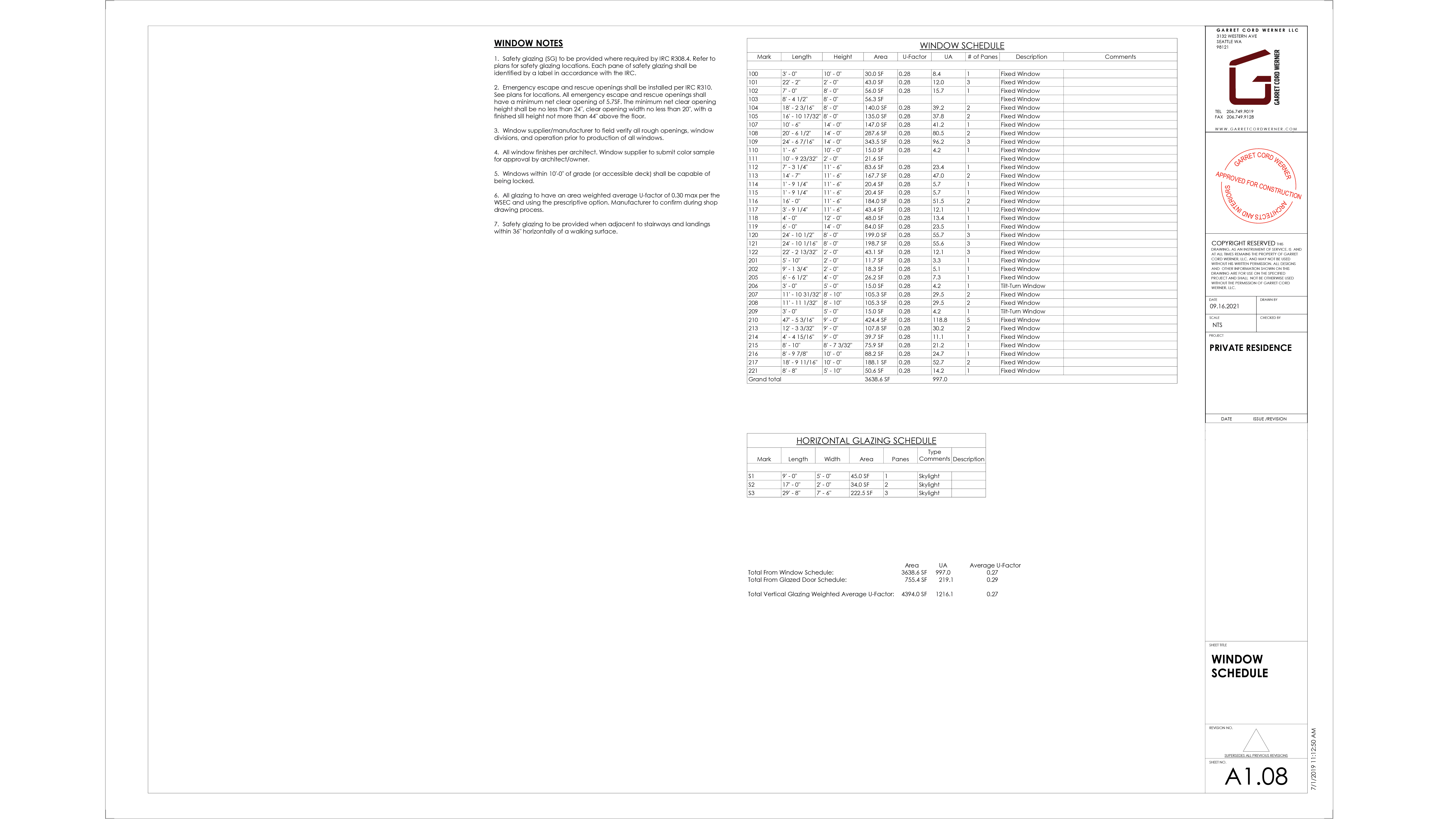
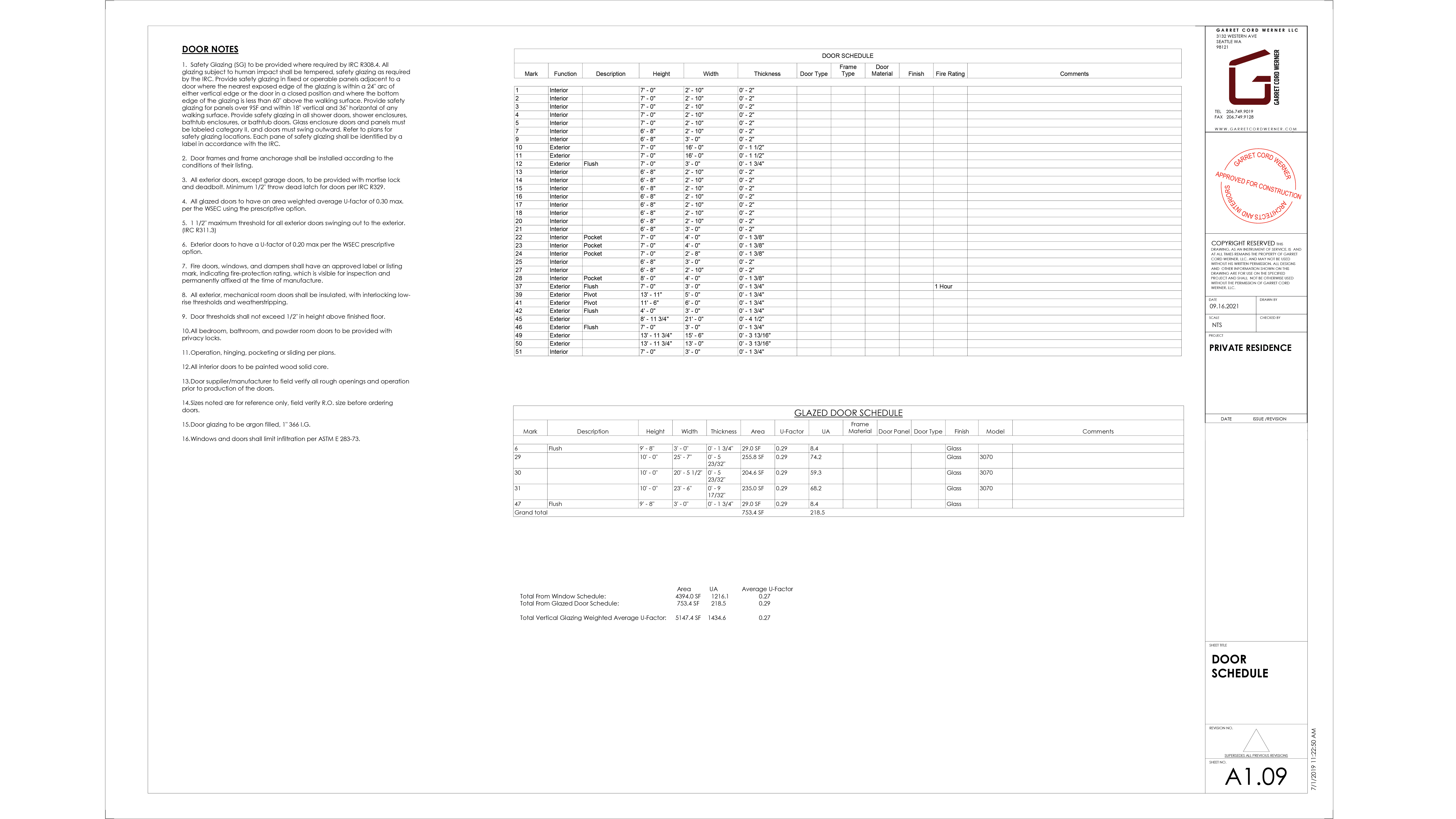
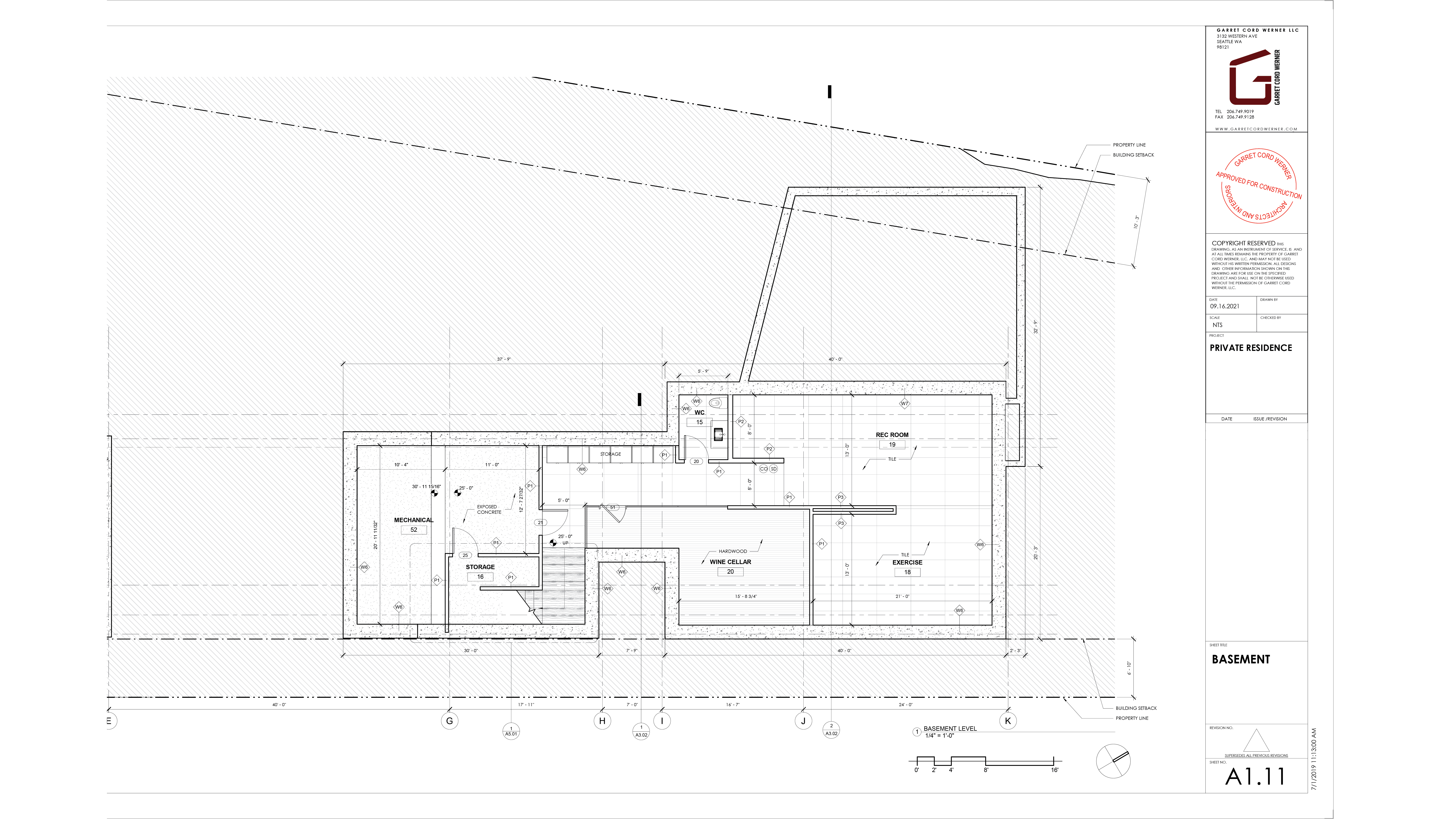
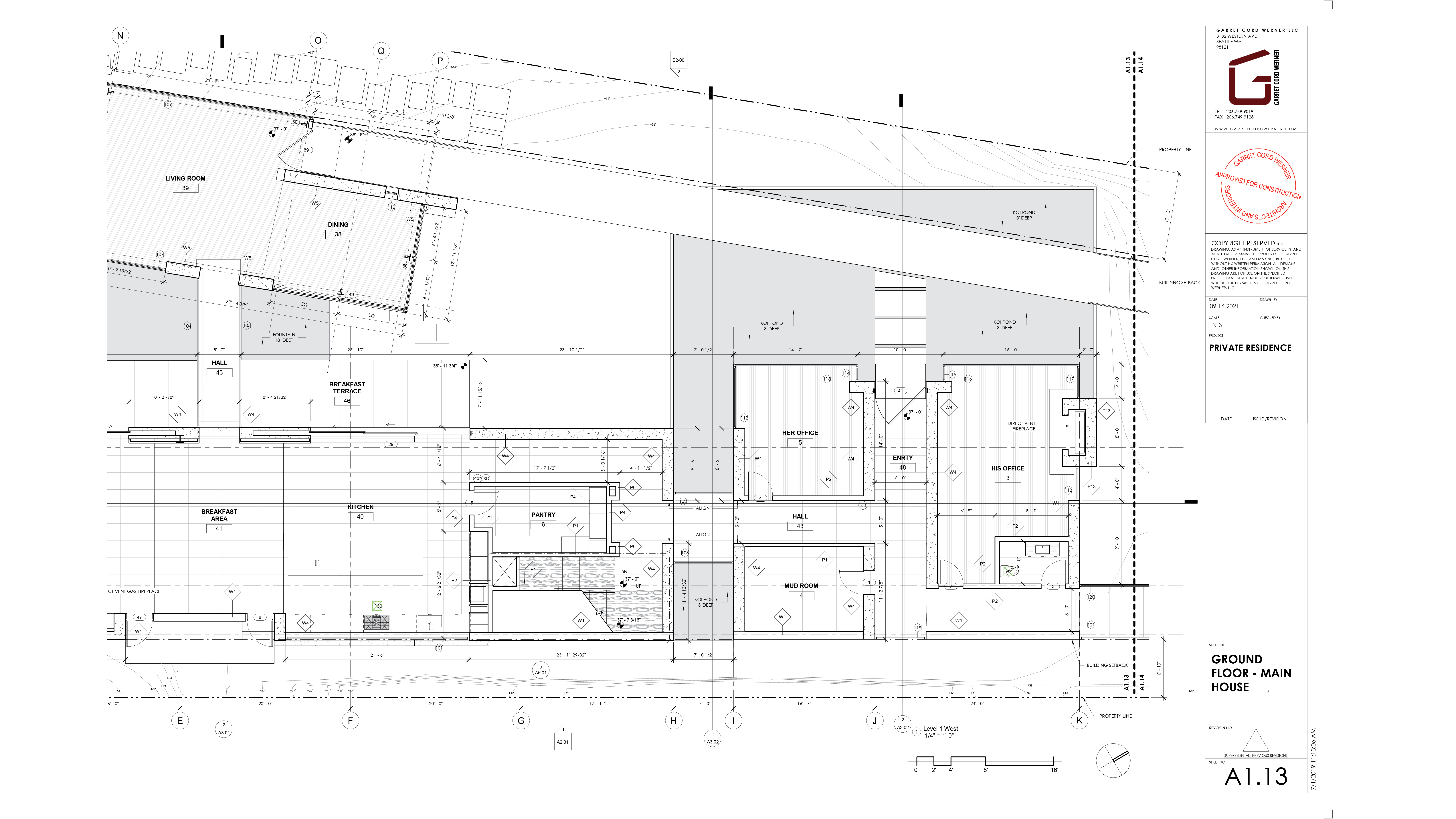
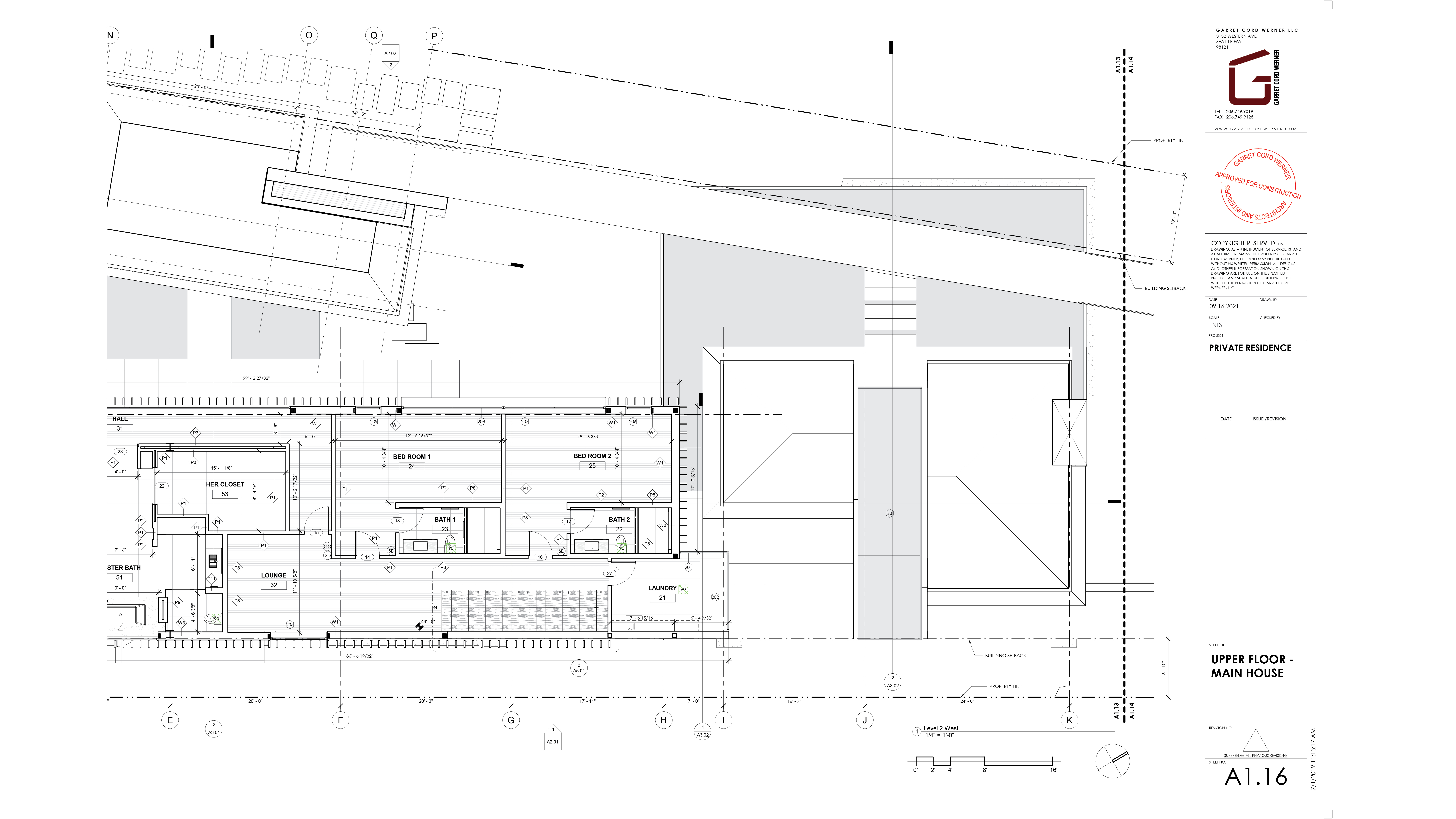
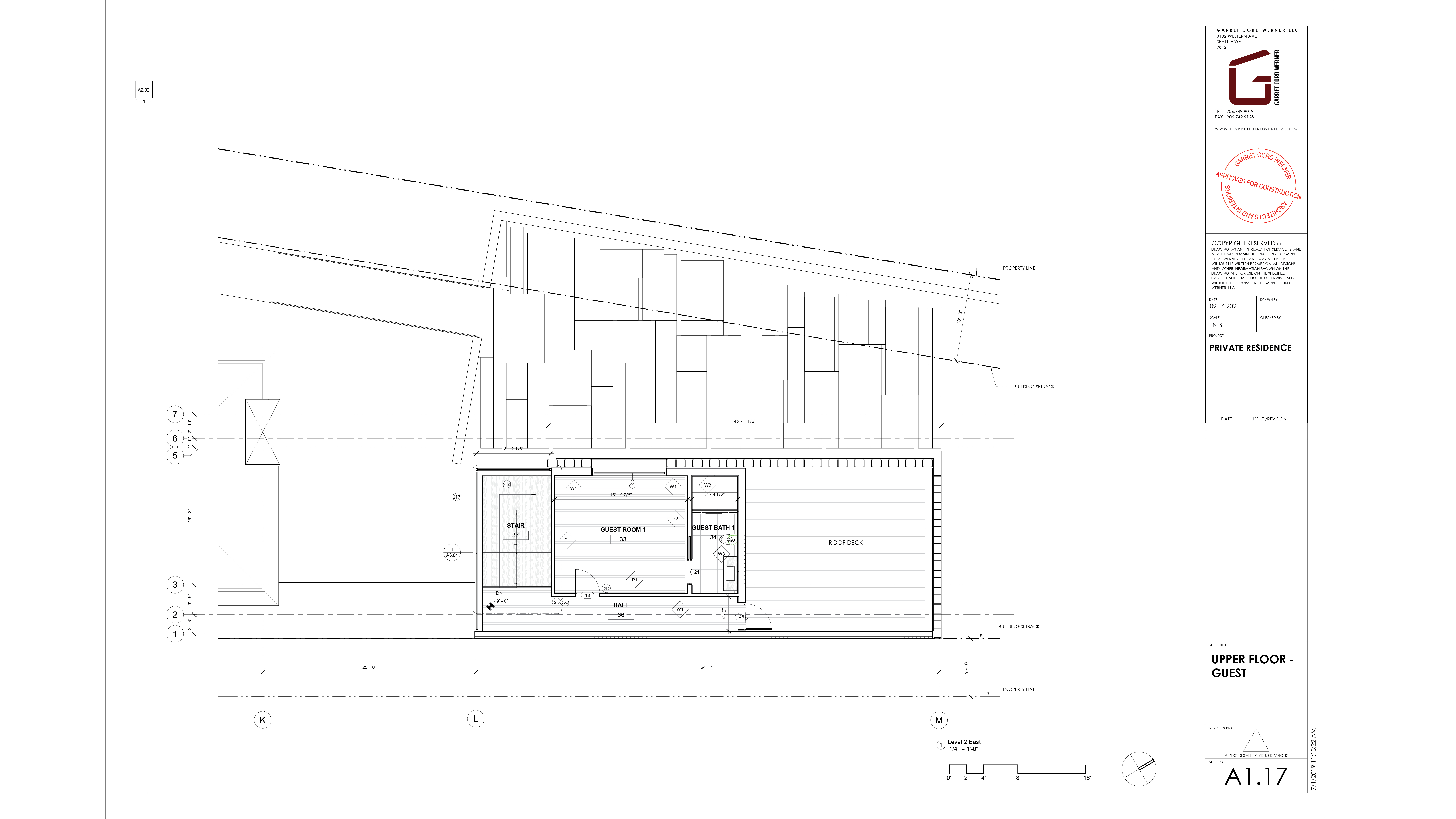
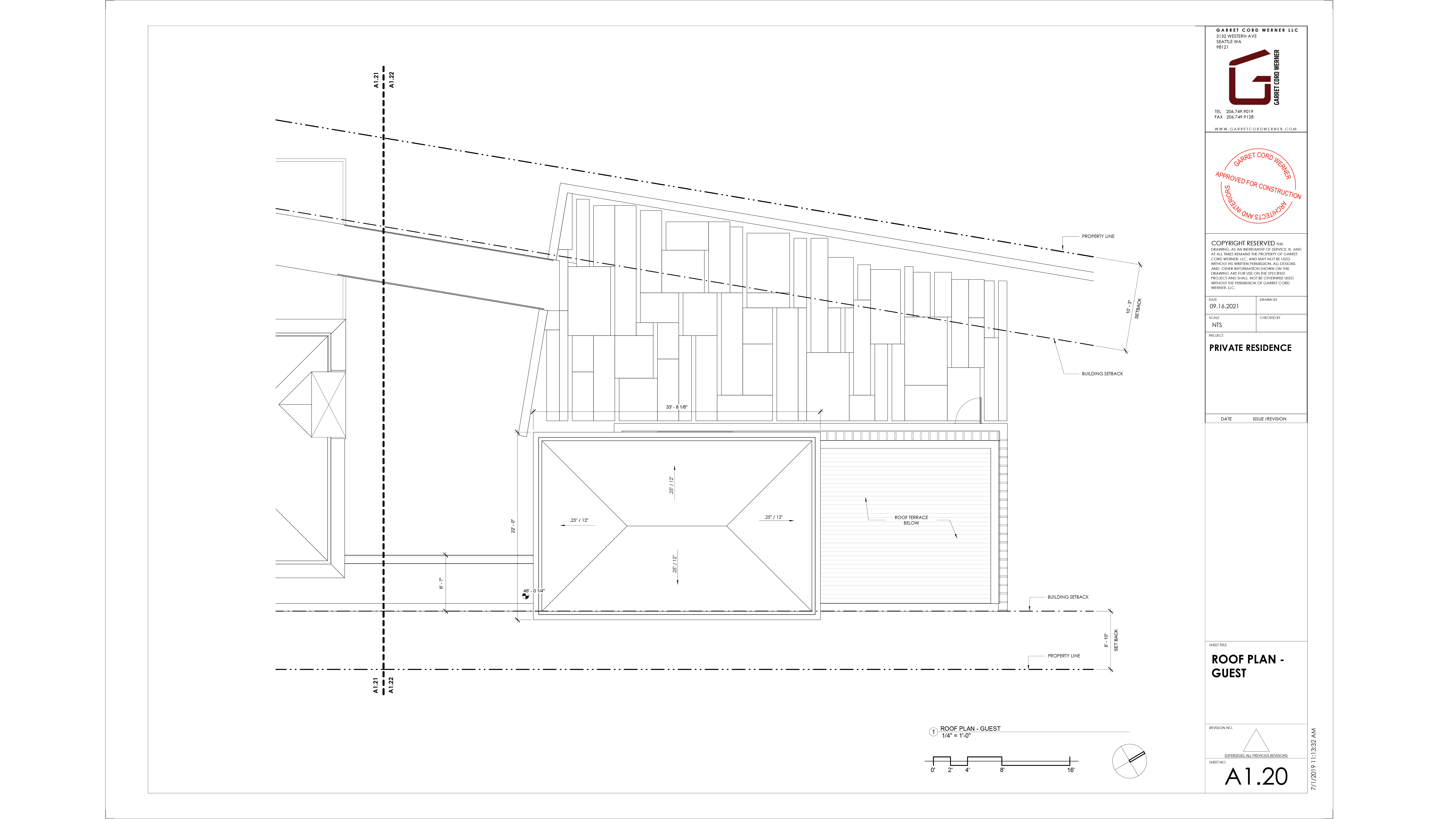
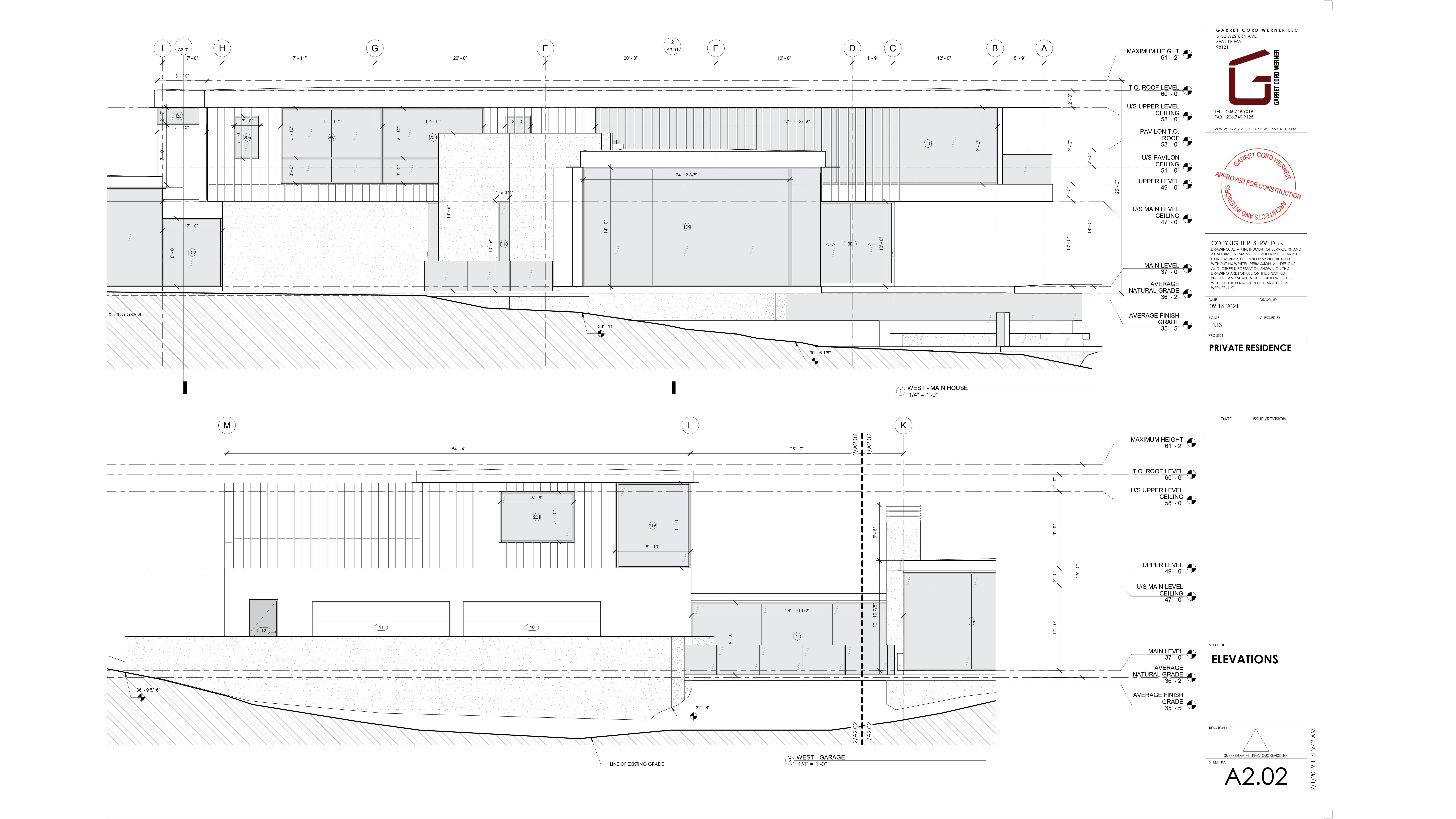
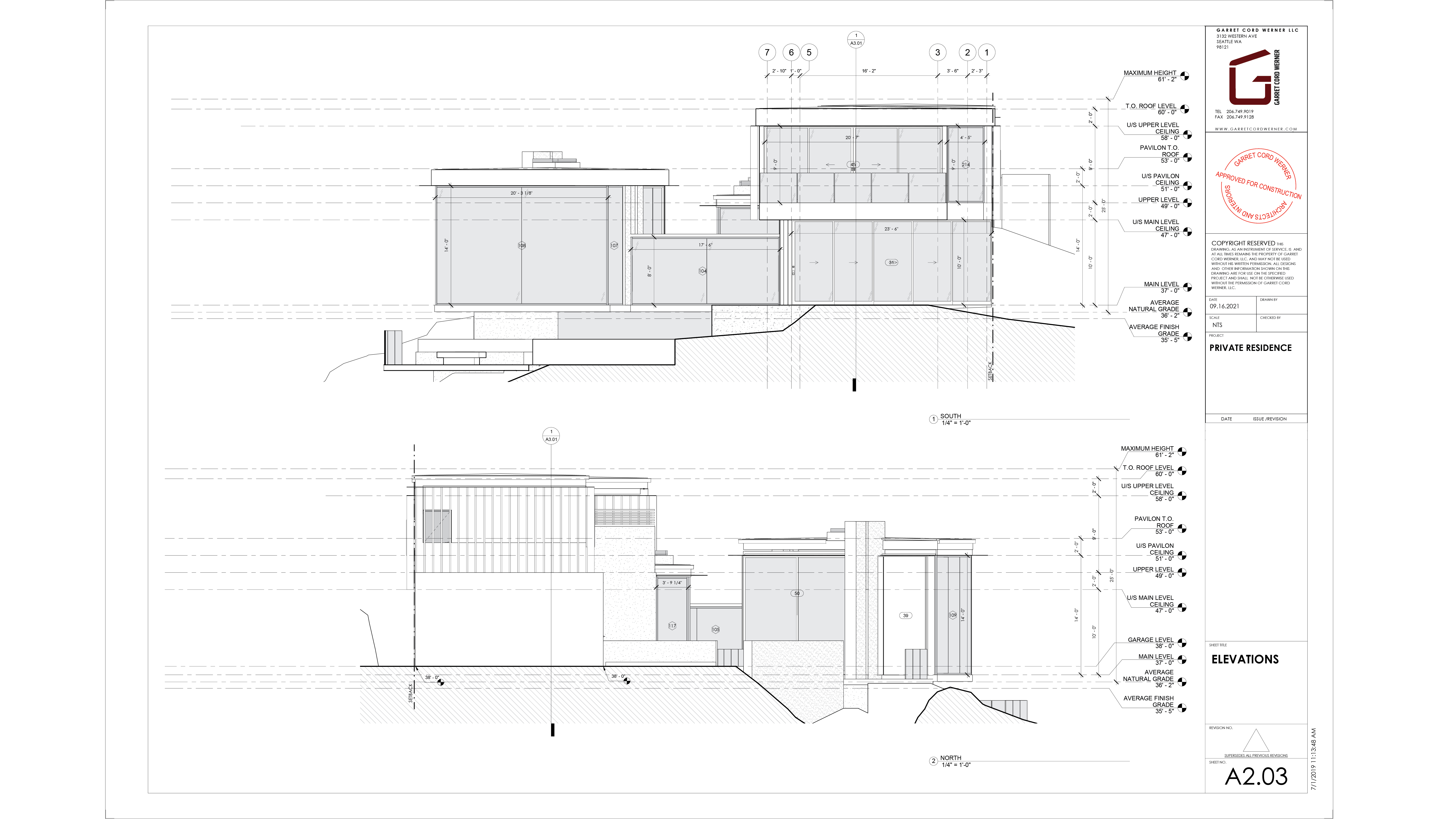

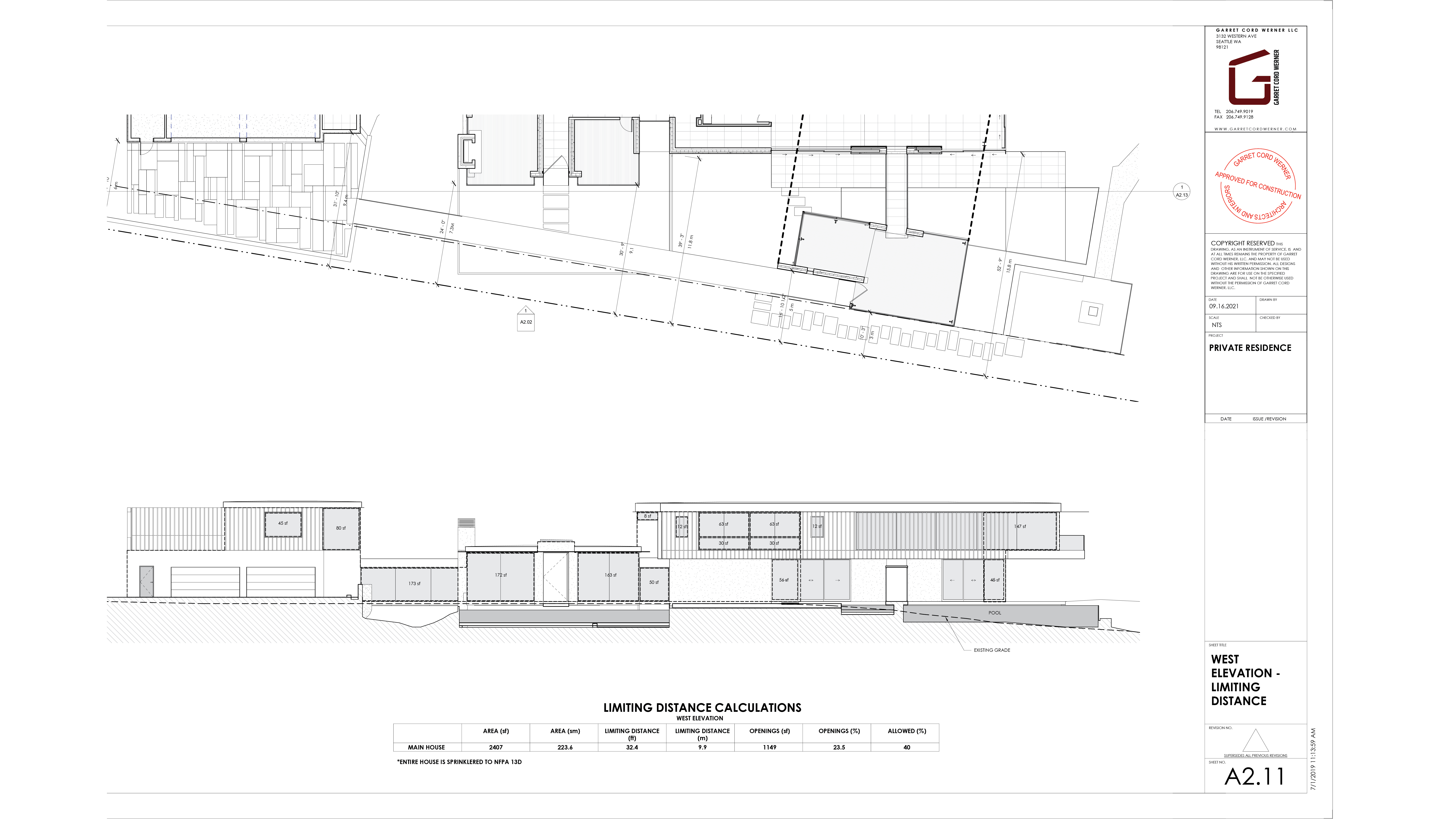
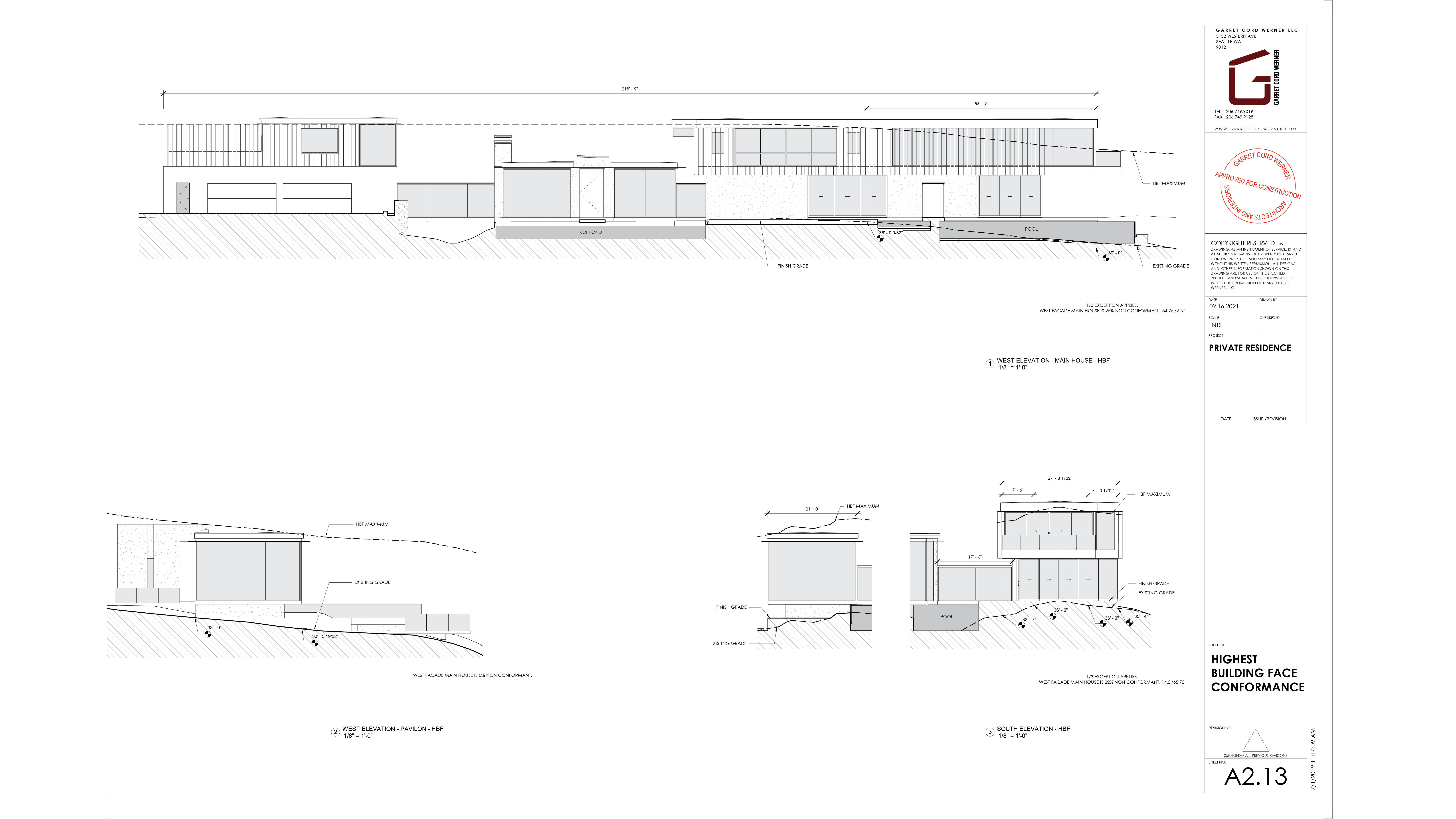
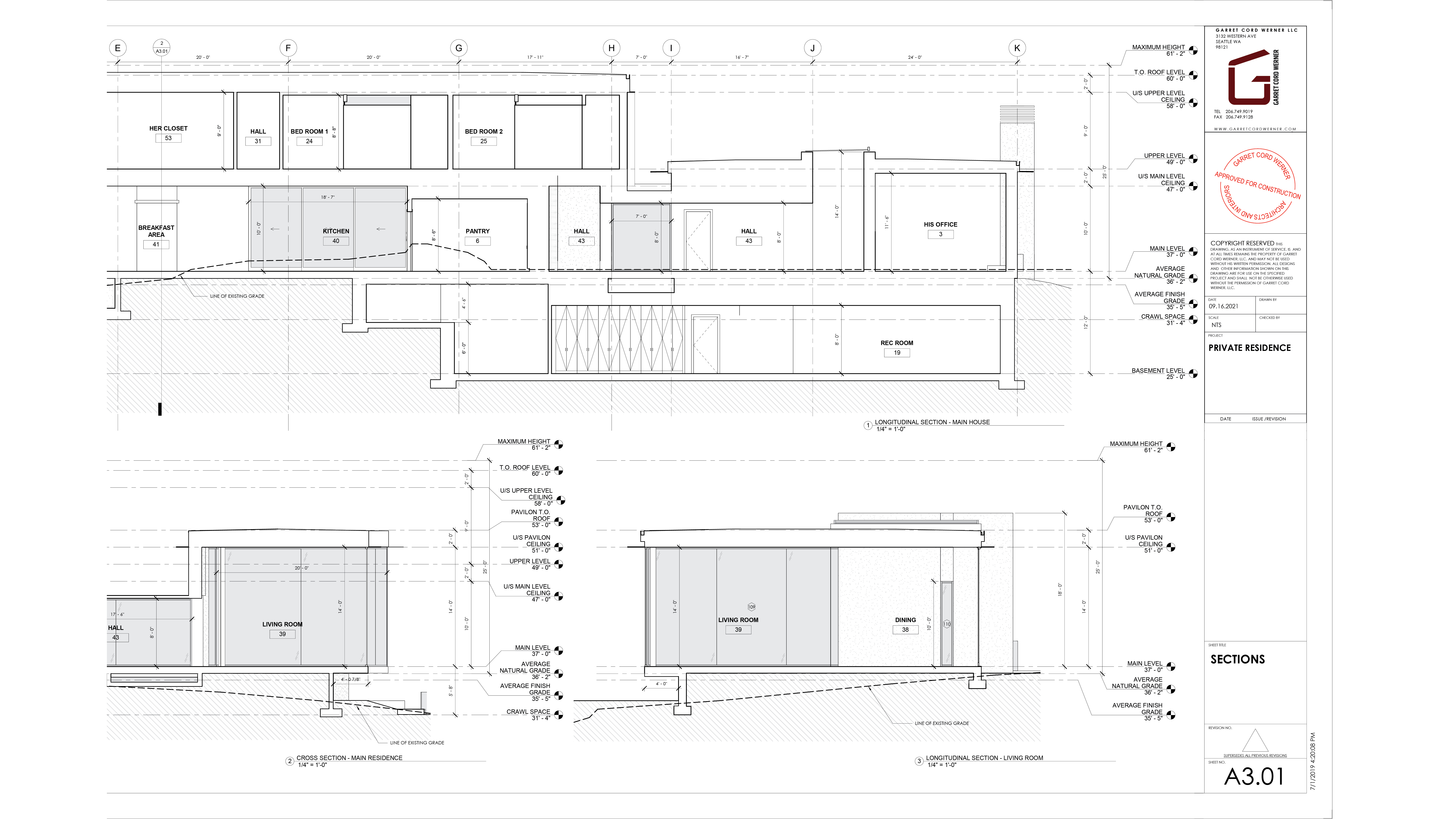
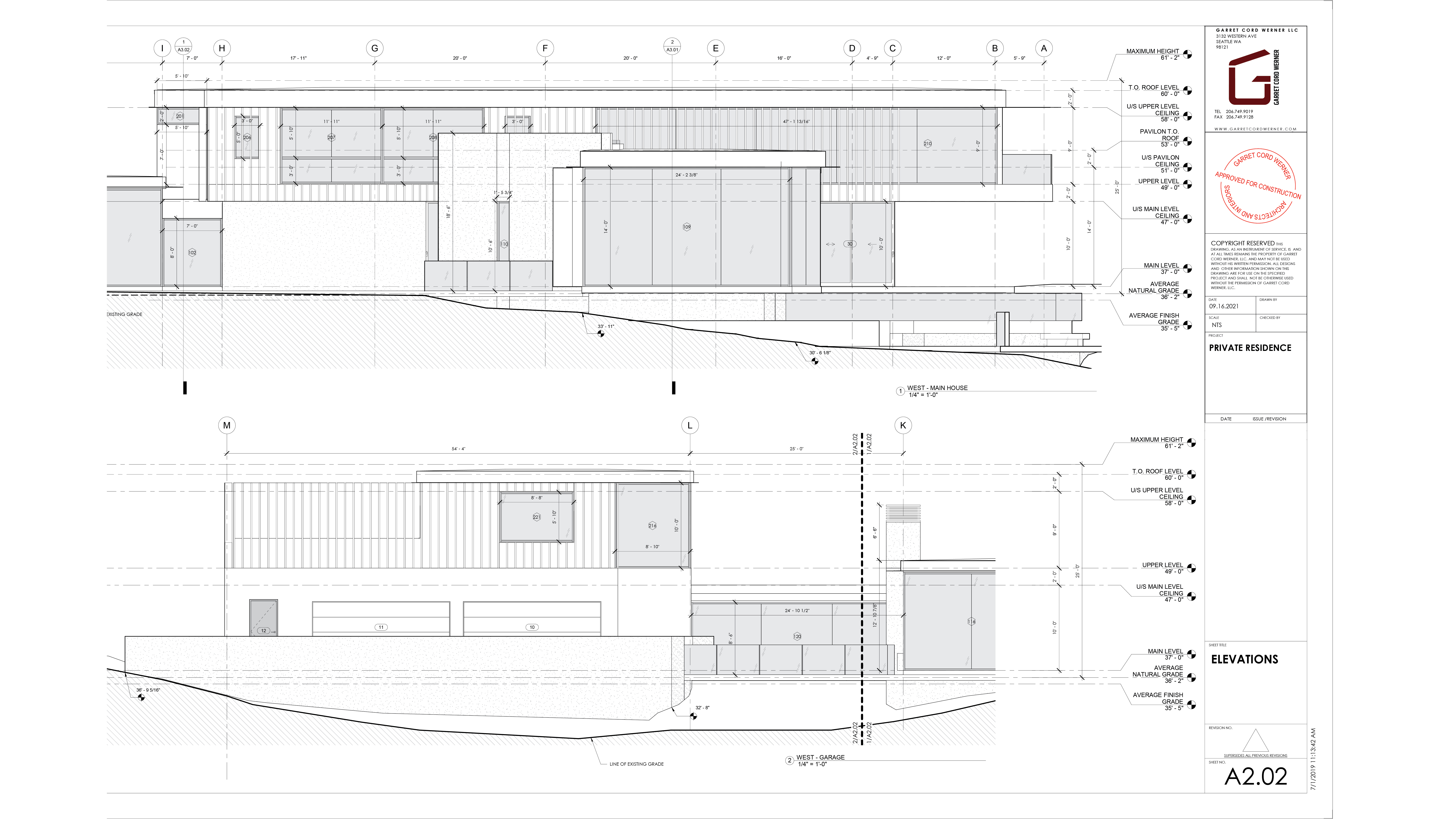
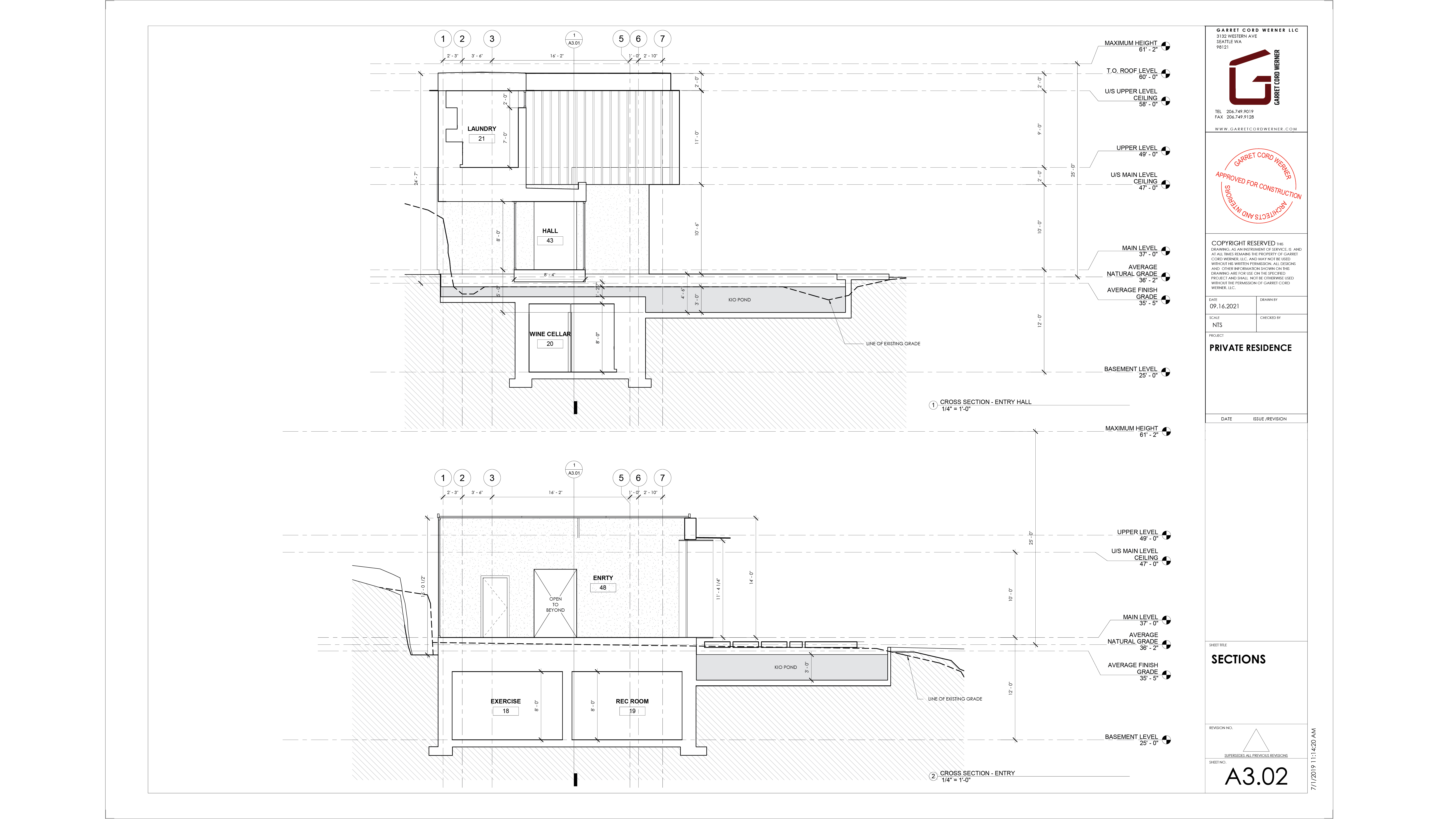
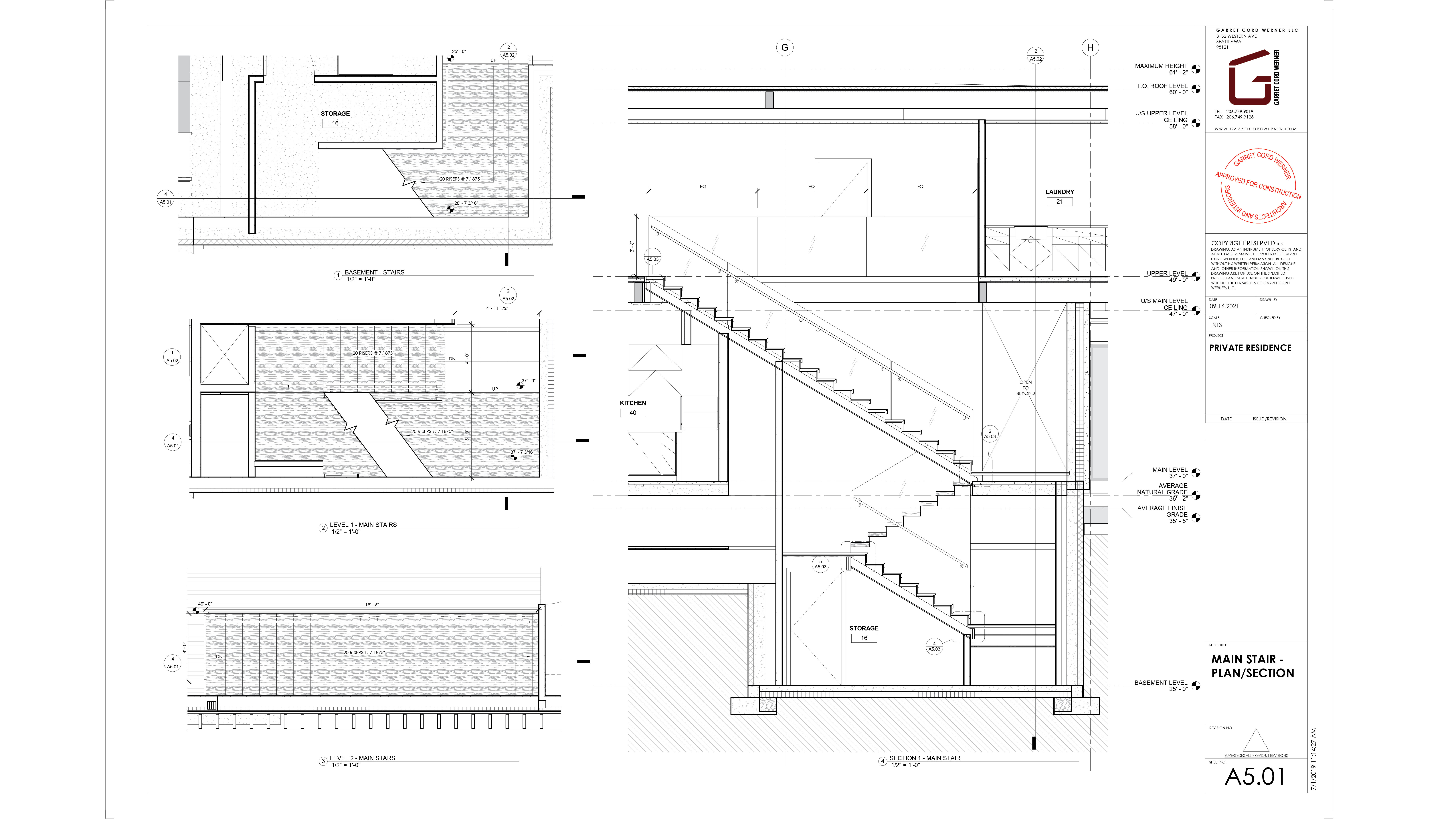
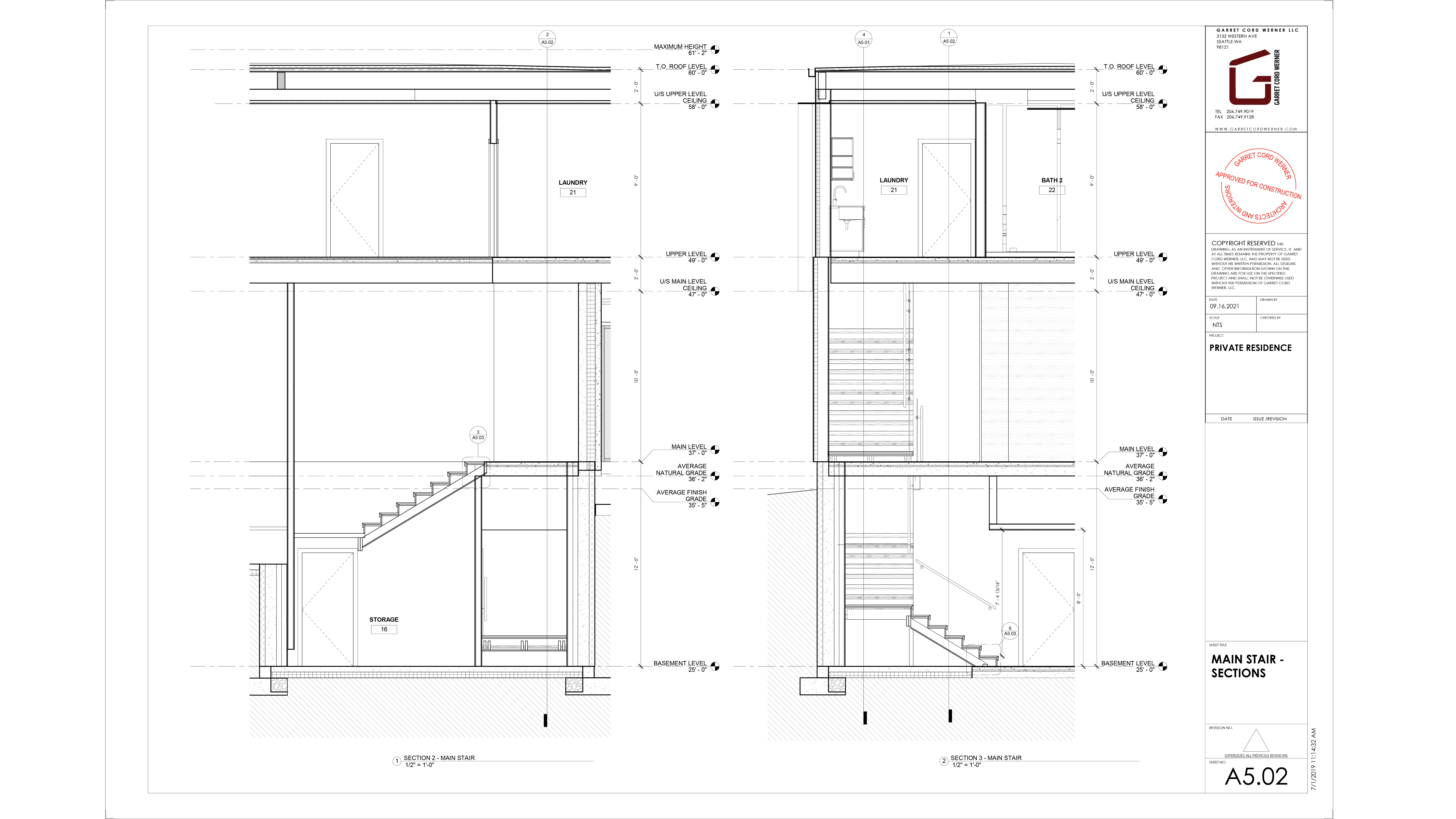
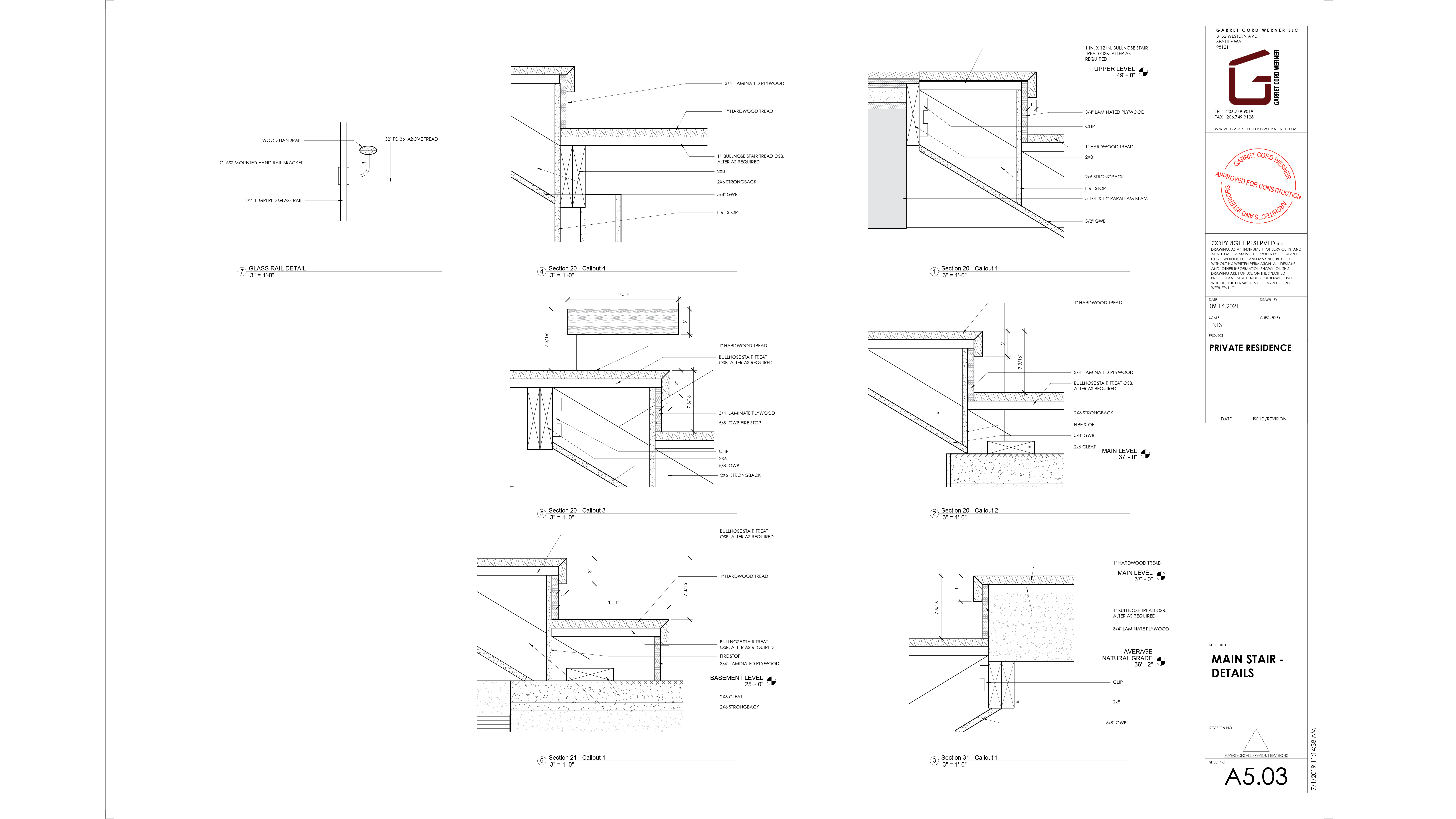
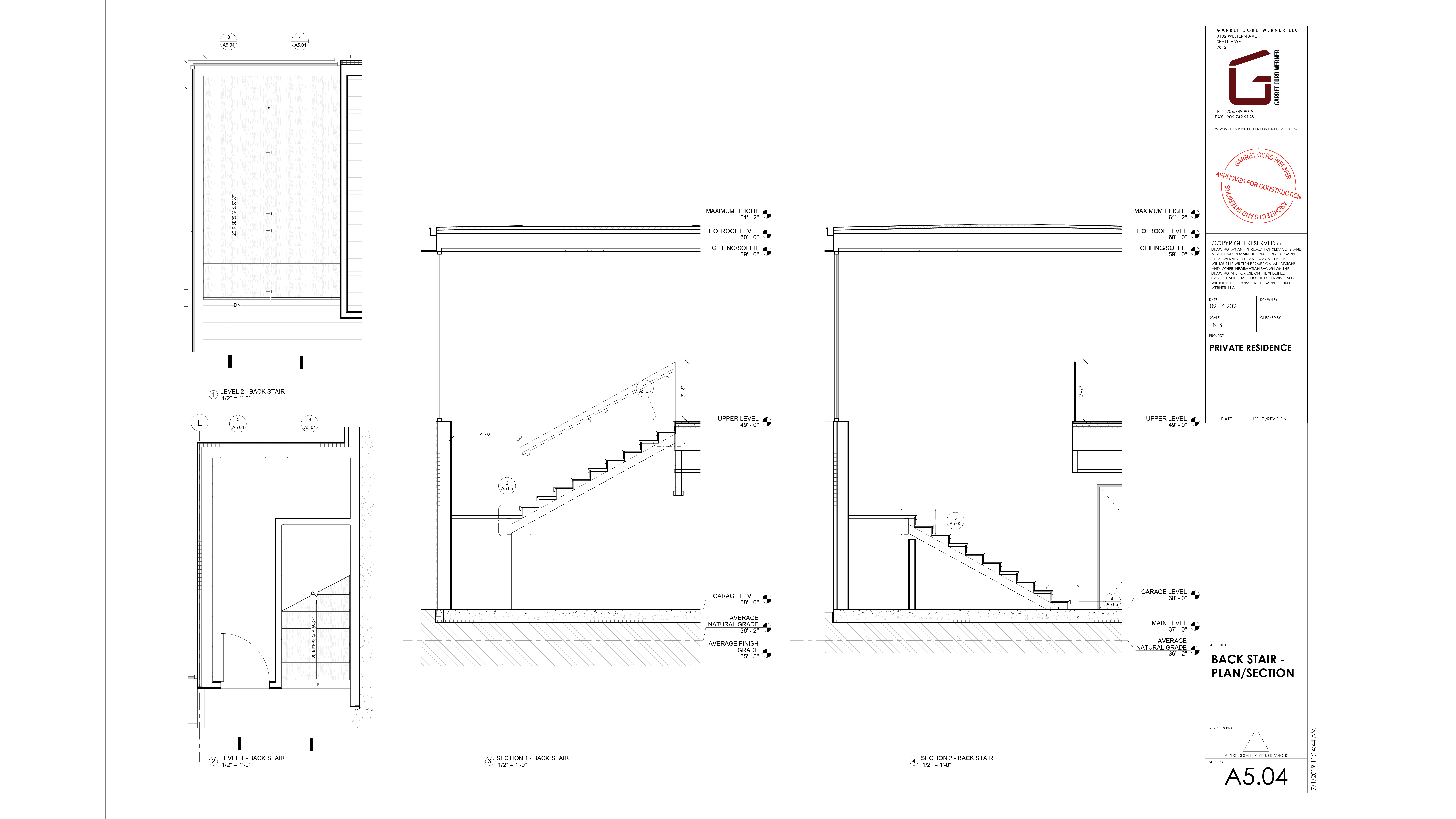
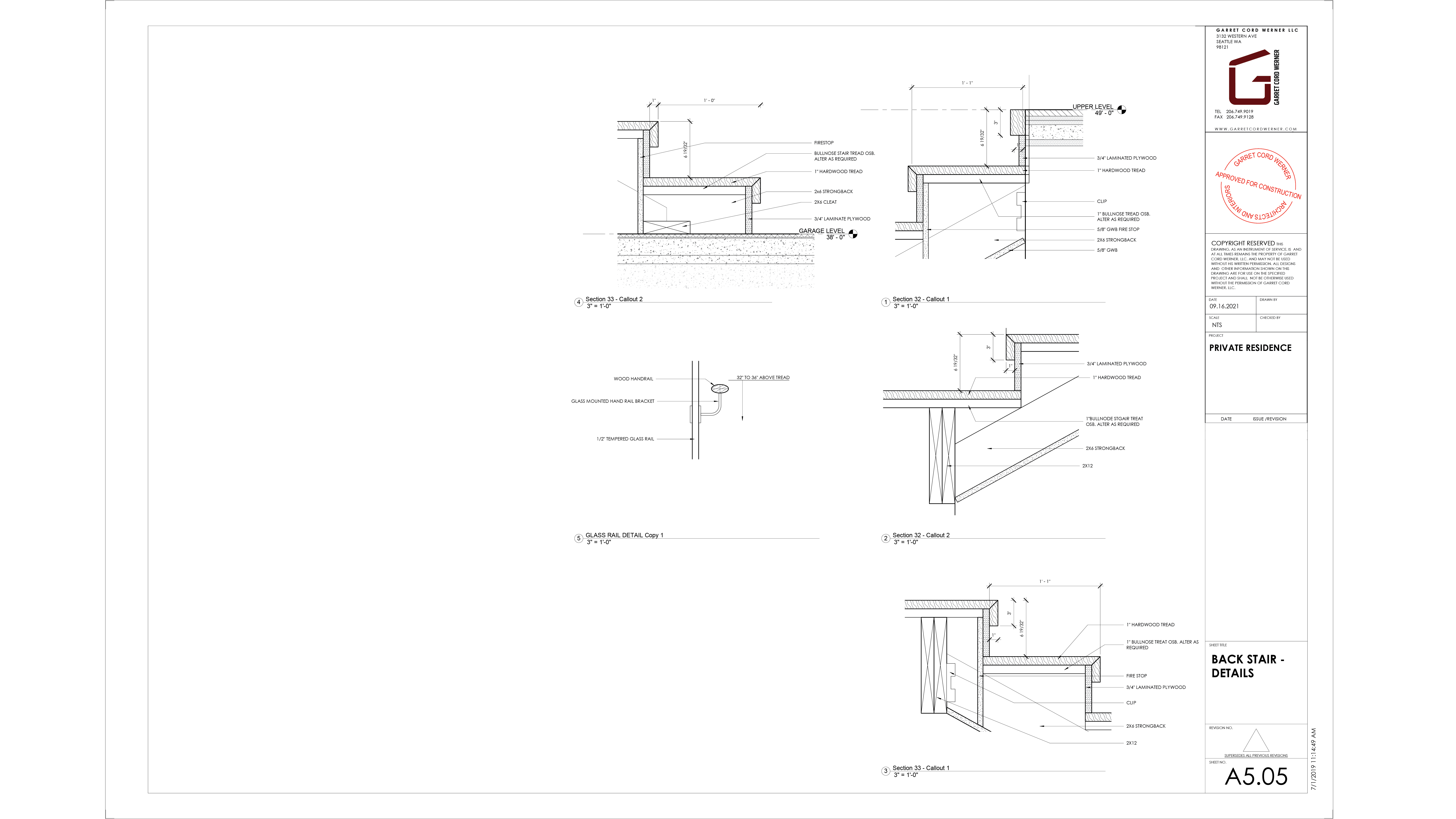
The relationship between the builder & architect or designer is critical for project success – they must work as a team for the best results. During construction we provide construction oversight or administration to assure the design is implemented correctly and to assist the builder with any clarifications. The architect relies upon the knowledge & expertise of the builder to complete the project per specification, on time, & on budget. A careful experienced eye is required by the builder to foresee & anticipate all design requirements and to coordinate multiple sub trades simultaneously. Like the conductor of an orchestra, the builder can make or break a project. As the owner's agent, the role of the architect or designer is to oversee the building progress and to help approve the builder's billing and to ensure they meet all contractual and budget obligations.
SUPPORT DURING CONSTRUCTION

*Times listed may run longer depending on the complexity of each project and the level of detail required.
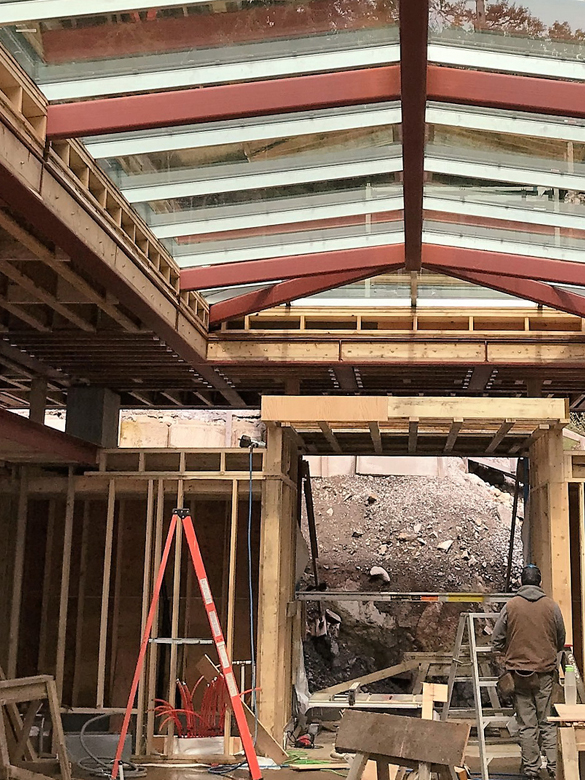
When you shop for architecture and design services you will encounter quite a range of fees. Understanding the factors that drive these costs are critical in your selection. Unlike most businesses, one aspect that remains consistent with all architecture firms, is they operate purely on a time-based fee structure. While some firms may earn less or more depending on their overhead, there are few other efficiencies that allow one firm to be more competitive over another in terms of time required to design. While it is somewhat possible to draw faster or slower for example, there really isn't much of a difference in this skill set. It is simply only humanly possible to draw at a certain speed without a loss of care and attention to detail. Therefore, the more time and attention spent on a project, the more the fees will be required to cover this overhead. Based on this simple logic, when you are comparing different bids for design fees please keep in mind that you get what you pay for in time. Therefore, a low fee equates to a small amount of time and effort going into your project. This effort translates into not only the look and feel of the design but also how much information is supplied to the builder for budgeting. Missing information and change are the number one cause of budget overruns and project delays.
A low fee will also involve an inadequately detailed drawing set with minimal oversight for errors. You may ask yourself why are all these drawings and specifications necessary? Simply put these are like the ingredients in a recipe, and a home has hundreds of these ingredients. If you are missing some of these details and they are not put together correctly then there will be budgeting and other information missing that is required to build your home with finesse. A low-priced set of drawings will also result in you or your builder incorrectly budgeting the project and making these critical choices on the fly during construction which results in delays, change orders, and costly mistakes or redo´s.
Design Fees are also driven in part by the level of talent, experience, and knowledge of the design firm. Just like hiring a good lawyer to represent you in a legal matter – hiring a talented & experienced architect or designer comes at a premium. This pays for itself many times over by providing you with added value through efficient problem solving and cost savings. This includes detail drawings and specifications that are cost effective to build, and that will be well organized and appropriate to your needs. Not every project requires the same level of detail and is driven in part by your budget and expectations. Having clear expectations & goals from the beginning is key. Working with a professional and conscientious design firm will enable you to be educated in these decisions and empower you to make the right choices. Only with the help of a professional architect will you be able to find the right design tailored to your needs that provides you with the biggest value for your dollar and the best home for your needs.
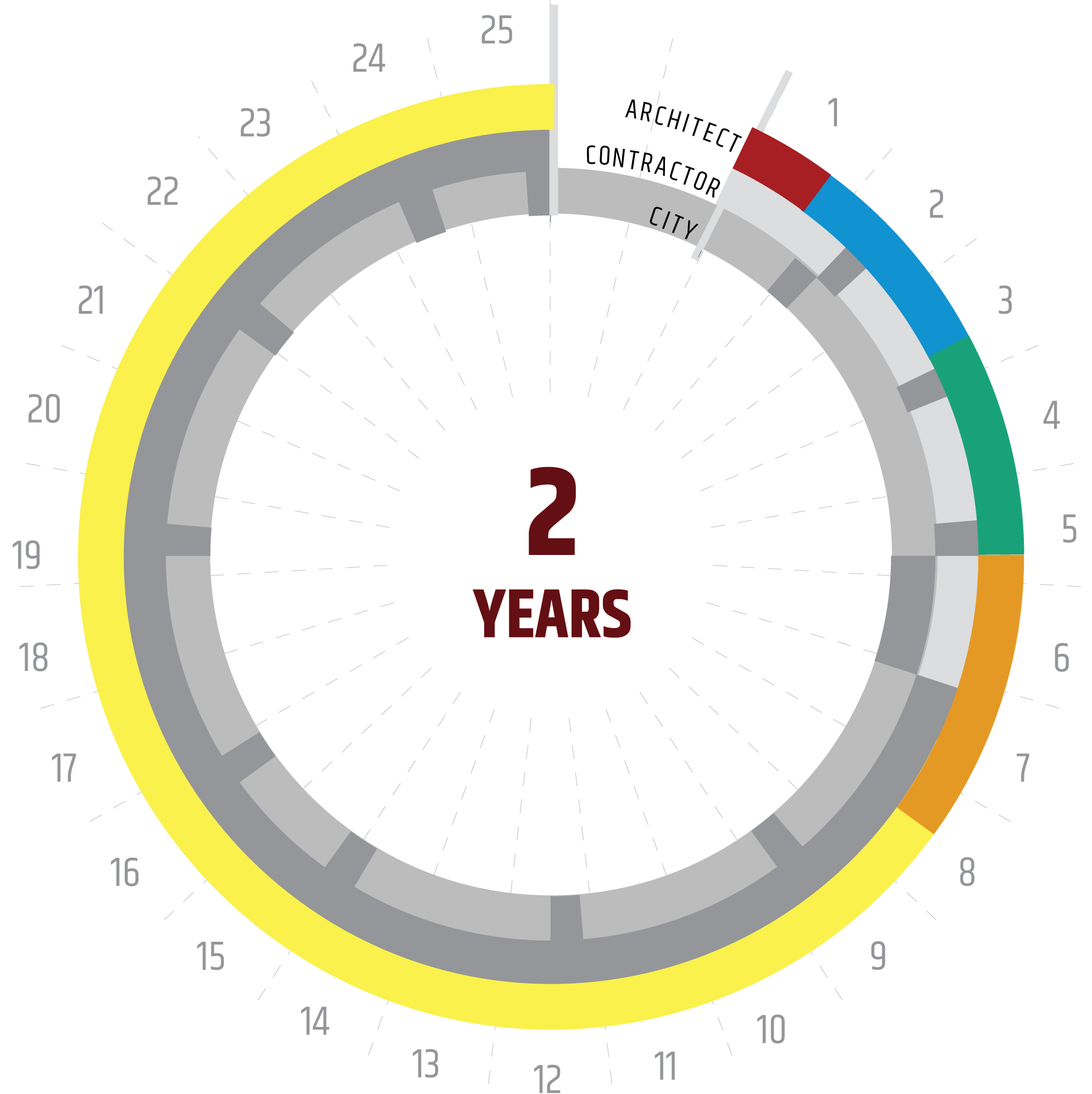

*Times listed may run longer depending on the complexity of each project and the level of detail required.